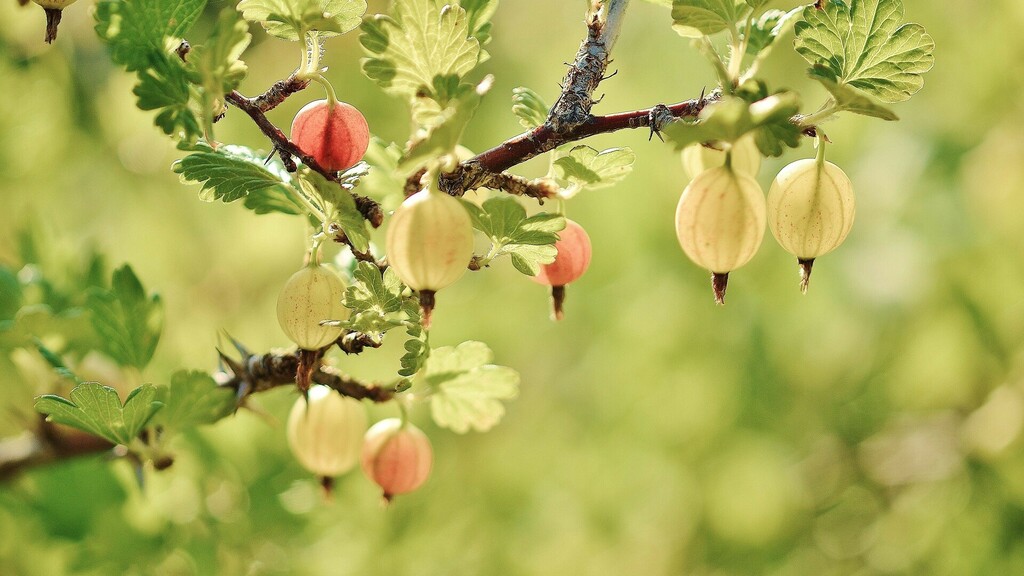

We prepare plots according to the methods of Dynamic Agroforestry. There are a few things to keep in mind:
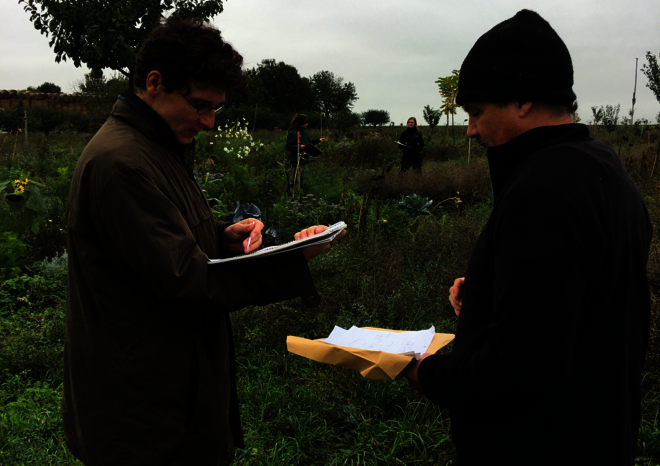
The plots cover an area of 25 square metres and must be laid out correctly from the outset. For example, the soil must not be dug up, but only loosened. Digging up would release large amounts of CO2.
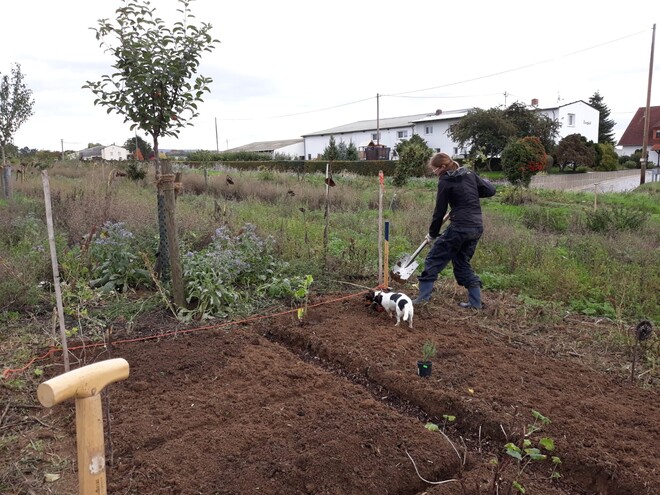
In order to be able to move around the plot without damaging the cultivated plants, we have made a trench through its centre from two sides. This is then filled with wood chips and plant charcoal. This structures the individual elements of the plot and stores water in the filling material, which is released into the soil during dry periods. In this way, the field does not have to be watered constantly.
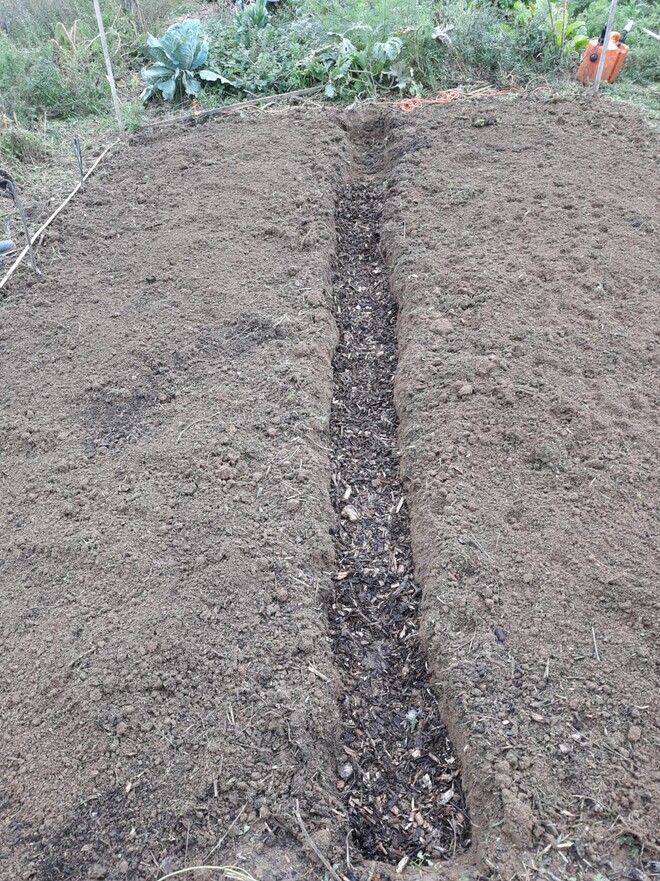
In the corner of one of the plots we planted a thyme - a perennial that provides permanent support in the root system for the mostly annual cultivated plants.
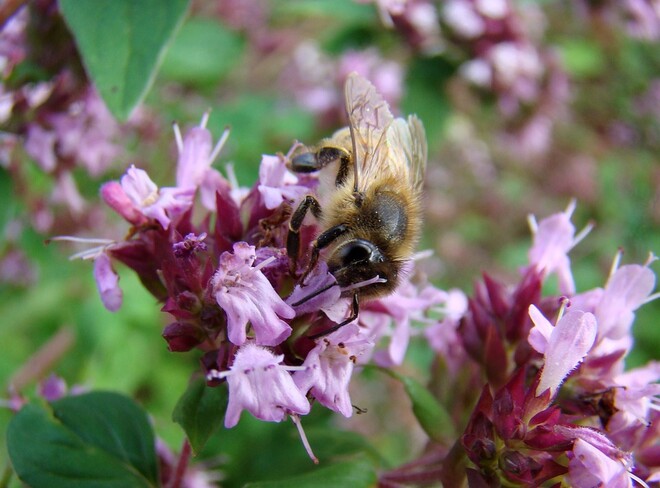
When the field grows and flourishes, its soil will be almost completely covered by its vegetation. To simulate this circumstance and to allow the soil to have high moisture, we have covered the ground with hay. Other variants of biological cuttings would be equally possible.
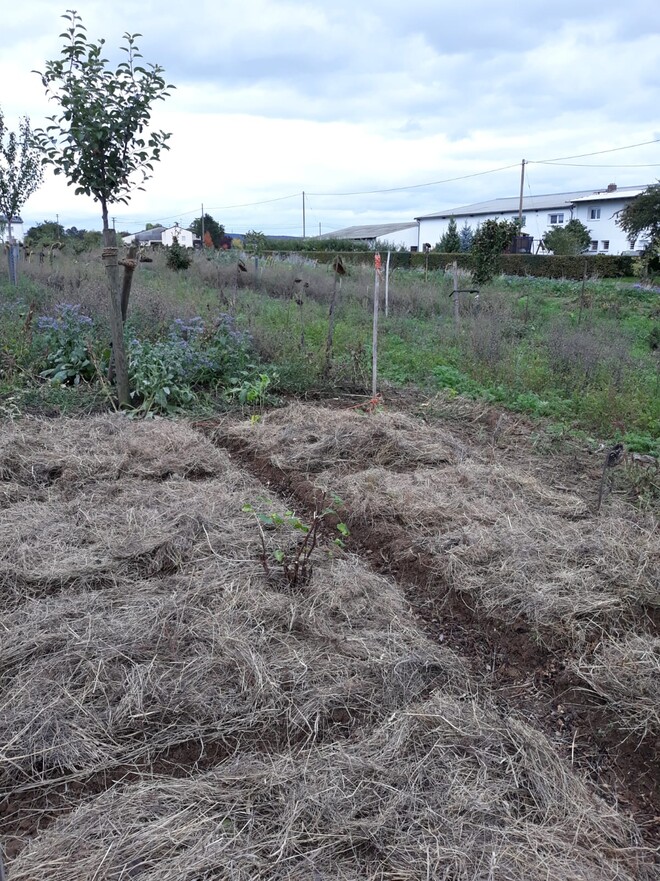
The finished plot largely regulates and protects itself - just like in nature. Naturefund has been implementing this for quite some time in numerous projects - with considerable success.
